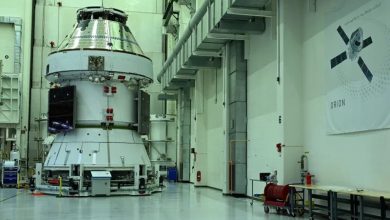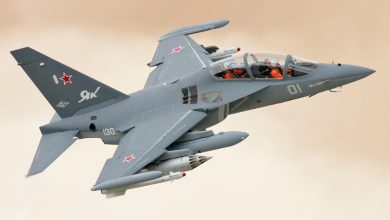
Raytheon Secures $175 Million Contract for B-2 Bomber Radar Enhancement
Raytheon, located in El Segundo, California, has secured a $175,050,289 indefinite-delivery/indefinite-quantity contract for components and final products related to the Northrop Grumman B-2 Spirit Advanced High Frequency Radar.
This contract covers the refurbishment and maintenance of the B-2 Advanced High Frequency Radar components and final products. Operations will be conducted in El Segundo, California, with completion anticipated by July 31, 2033. This contract was acquired through a sole-source process. An amount of $24,558,473 from the Fiscal 2023 operations and maintenance budget is being allocated at the time of award. The U.S. Air Force Sustainment Center (AFSC), based at Tinker Air Force Base in Oklahoma, is handling the contracting activities (FA8119-23-D-0002).
The Northrop Grumman B-2 Spirit, commonly referred to as the Stealth Bomber, is a U.S. heavy strategic bomber equipped with advanced low-observable stealth technology aimed at infiltrating dense anti-aircraft defenses. This bomber is capable of deploying conventional and thermonuclear armaments, including up to eighty 500-pound class (230 kg) Mk 82 JDAM GPS-guided bombs or sixteen 2,400-pound (1,100 kg) B83 nuclear explosives. The B-2 is the only officially recognized in-service aircraft capable of carrying substantial air-to-surface standoff munitions while maintaining a stealth profile. It can execute assault missions at altitudes of up to 50,000 feet (15,000 m); it boasts an unrefueled range exceeding 6,000 nautical miles (6,900 mi; 11,000 km) and can extend this range to over 10,000 nautical miles (12,000 mi; 19,000 km) with a single midair refueling.
To enhance the B-2’s effectiveness compared to earlier bombers, numerous sophisticated and contemporary avionics systems have been incorporated into its framework; these have been refined and upgraded following a transition to conventional combat operations. One notable system is the low probability of intercept AN/APQ-181 multi-mode radar, a fully digital navigation system that integrates with terrain-following radar and Global Positioning System (GPS) guidance, the NAS-26 astro-inertial navigation system (the first of its kind tested on the Northrop SM-62 Snark cruise missile), and a Defensive Management System (DMS) to alert the flight crew of potential threats. The onboard DMS is adept at automatically evaluating the detection potentials of recognized threats and indicated targets.
By 2021, the DMS will undergo upgrades to identify radar emissions from air defense systems, enabling alterations to the auto-router’s mission planning data in-flight for rapid acquisition of new information to optimize a trajectory with minimal exposure to hazards. The B-2 has received multiple significant upgrades to its avionics and combat systems. For combat communications, both Link-16 and a high-frequency satellite link have been implemented, accommodations for various new munitions have been made, and the operational frequency of the AN/APQ-181 radar has been realigned to mitigate interference with equipment from other operators. The features of the upgraded radar arrays have been fully replaced, transforming the AN/APQ-181 into an active electronically scanned array (AESA) radar.






